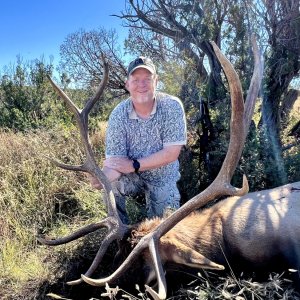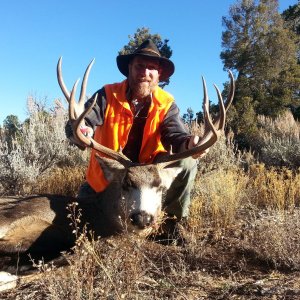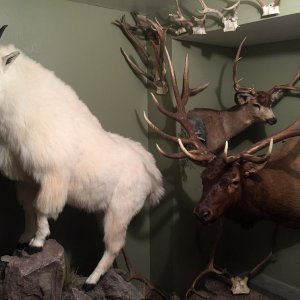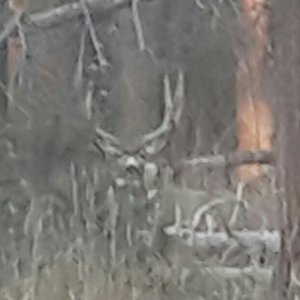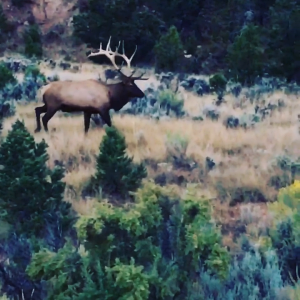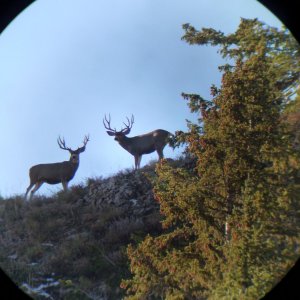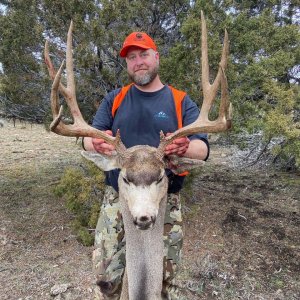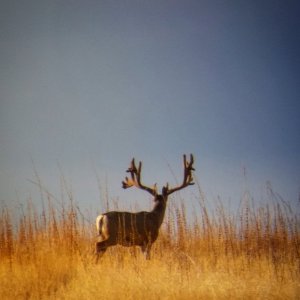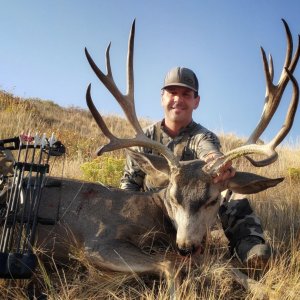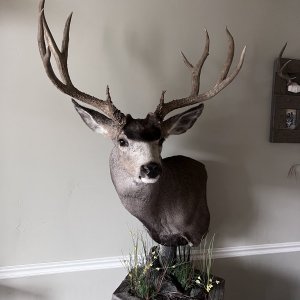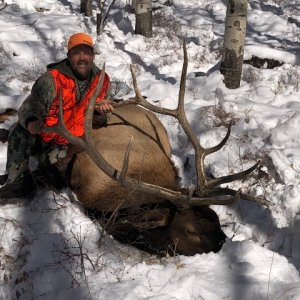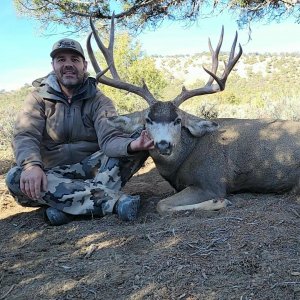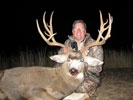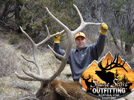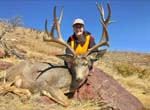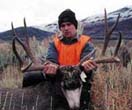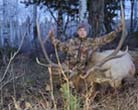LAST EDITED ON Dec-19-13 AT 01:29PM (MST)[p]LAST EDITED ON Dec-19-13 AT 10:24?AM (MST)
LAST EDITED ON Dec-19-13 AT 10:20?AM (MST)
>I fully understand that spring comes
>AFTER winter and that is
>what I am saying, you
>do not have an idea
>of how many winter kill
>and predator kill there has
>been until you do spring
>counts. Does a
>really harsh winter kill more
>deer than a mild winter?
> From earlier posts it
>sounds like there should be
>even more deer killed off
>each year. So from
>what I am hearing the
>amount of deer in this
>area cannot survive the winter
>because of lack of habitat
>in the area and they
>are not smart enough to
>change location, yet when we
>have a dry summer and
>no water are in the
>ponds they do have the
>ability to find another water
>location. I would think
>they would have this same
>ability to find other feeding
>locations during the winter months.
>
Mule deer may have the ABILITY to find other feeding locations, but they don't have the INCLINATION. They are creatures of habit and they're also homebodies big time, so they don't naturally explore or wander around. That's why, unlike most ungulates, they are not naturally expanding their range. In Utah, the moose are gradually moving south, the elk are moving everywhere, whitetails are moving in from Idaho, Wyoming and probably Colorado, and pronghorn are moving into forested areas, but mule deer range is shrinking. They don't adapt well to the changes nature and man are throwing at them. That's just the way they are, for better or worse! This behavior is similar to the pronghorn's refusal to jump fences. Pronghorn have the ability to easily jump over a fence to get to food, but will actually starve to death if they can't crawl under it.
A dry pond in the summer MAY temporarily force mule deer to find new water, but they can get most (or all) of the water they need from the summer forage they eat, so it isn't something that we can count on. Also, any new water they may find usually doesn't imprint from one summer to the next and since it takes several generations for habits to be established in a herd, that new water is soon forgotten.
Also, keep in mind that the attraction in the winter isn't so much the water itself as it is the new growth the water produces. To get the Parowan Front deer to move to new winter feeding areas, we'd have to totally dry up or fence Cottonwood Creek, Willow Creek, Little Creek, Red Creek, Parowan Creek and Summit Creek and I don't know how many springs, wells, guzzlers and irrigation systems which are the current draws for winter forage, thus damaged areas. Bottom line: 500-600 does need to be removed in order for this winter range to begin to recover! 250 each year won't do it!
Sorry for the long drawn-out answer, but mule deer are very complex animals to figure out and manage and we currently have a limited amount of time, knowledge, skills, money and politics to get this particular herd on track before it crashes, let alone all the other deer herds in the state.

